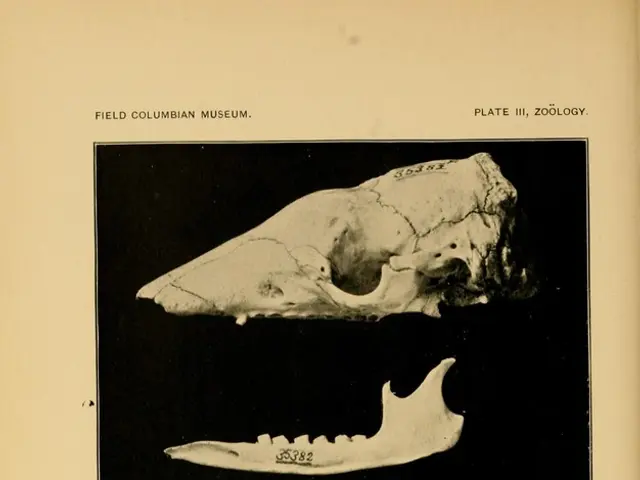Nine Peculiar Scenarios of Life Survival Despite Brain Tissue Absence
Surviving Injuries: An In-depth Look at the Resilience of the Human Brain
Modern medicine has greatly improved survival rates for various injuries, with transplants and advanced prosthetics dramatically altering the landscape of trauma therapy. However, one organ remains elusive in terms of complete restoration: the brain. Despite advancements, traumatic brain injuries (TBIs) continue to pose significant challenges.
In 2021 alone, TBIs were responsible for the death of 69,473 individuals in the United States. Given the brain's vital role in controlling the body's functions, it's easy to assume that extensive damage is a death sentence. But, as history reminds us, this isn't always the case.
Surprisingly, medical records contain numerous instances where individuals have survived, and in some cases, thrived, despite missing parts of their brain. These incidents can be attributed to congenital conditions, surgical procedures, or accidents.
One striking example is hemispherectomy, a surgical intervention used to control severe epilepsy in children. By removing or disabling one cerebral hemisphere, the surgery has helped many children develop language, motor, and cognitive abilities beyond initial expectations. Their remaining hemisphere often assumes the responsibilities of the removed side, showcasing the brain's remarkable adaptability.
Another famous case is that of Phineas Gage, who survived an iron rod passing through his left frontal lobe in 1848. Despite drastic changes in his personality and behavior, Gage lived for another 12 years, demonstrating that even extensive brain injury does not invariably lead to immediate death.
Documented instances of individuals with minimal cerebral tissue due to congenital hydrocephalus or other conditions have shown near-normal intelligence and independence; however, these cases are rare and heavily reliant on which specific brain regions remain intact.
Recovery and compensation are possible with appropriate rehabilitation, as the brain exhibits a phenomenon known as neuroplasticity. This adaptability allows parts of the brain to sometimes compensate for missing or damaged areas, particularly in children.
However, the degree to which an individual can live a "full life" depends on the location and extent of brain damage. Damage to essential regions, such as the brainstem, is incompatible with life. Conversely, the loss or removal of less critical areas may have milder consequences, providing there are other brain areas capable of taking over.
In summary, the human brain's adaptability offers hope for individuals facing TBIs or missing parts of their brain. While outcomes vary greatly, many can achieve functional independence, depending on injury severity, age, and access to rehabilitation. However, it's crucial to remember that every case is unique, and individual factors play a significant role in recovery.
Science and health-and-wellness intersect as mental-health professionals, neurologists, and neuroscientists explore therapies-and-treatments for traumatic brain injuries (TBIs), aiming to harness the brain's natural neuroplasticity for recovery. Remarkable instances of individuals thriving with missing or damaged brain regions showcase this potential, such as survivors of hemispherectomy or Phineas Gage, demonstrating resilience that sheds light on the human brain's remarkable adaptability.








